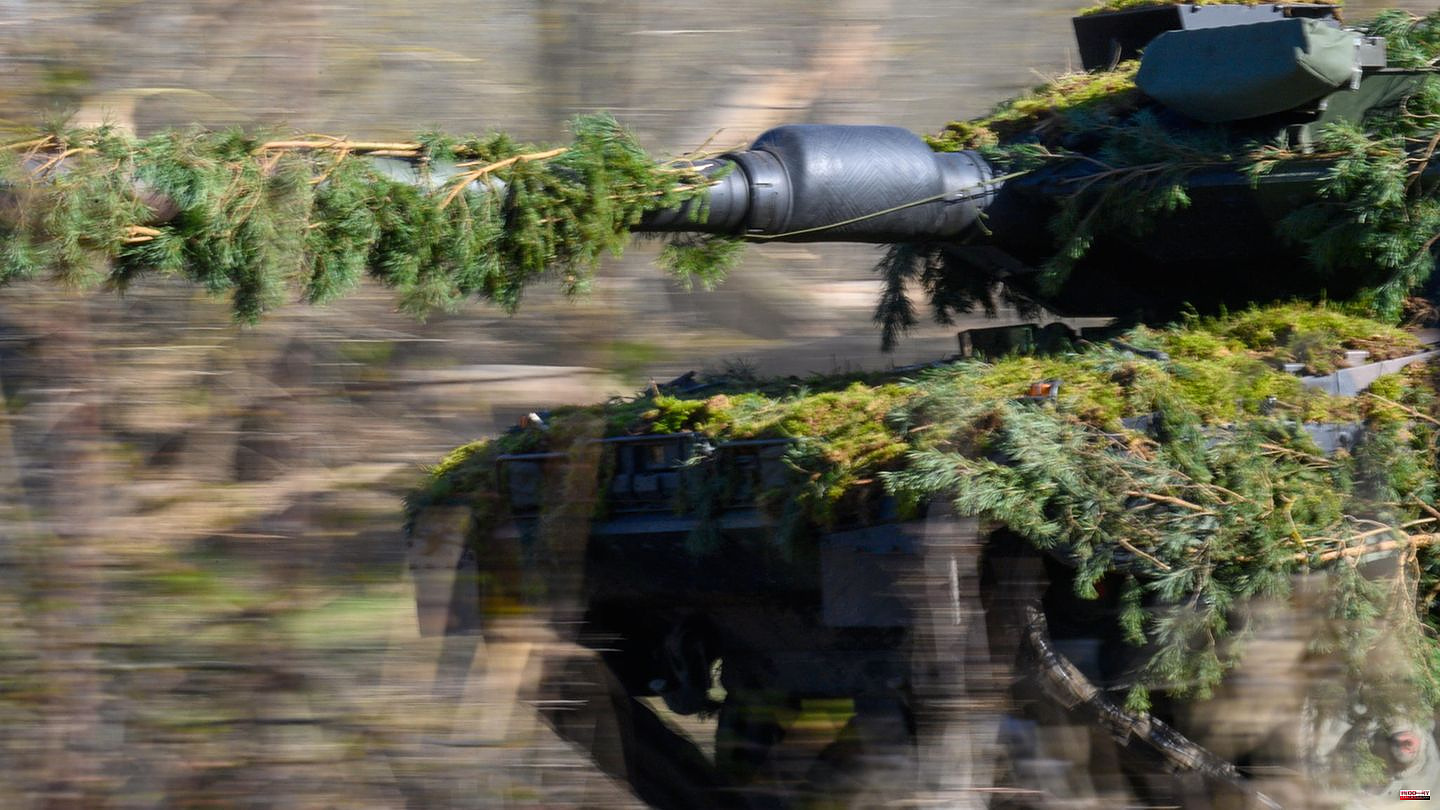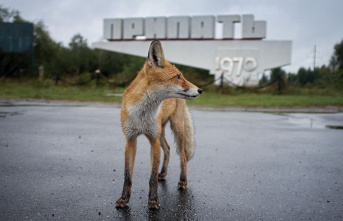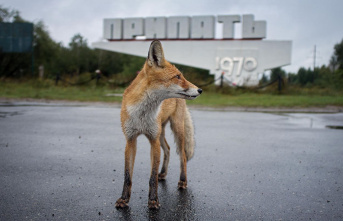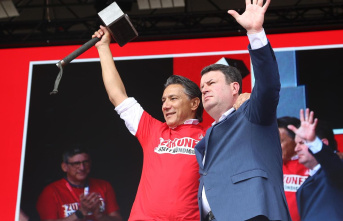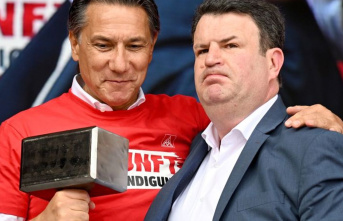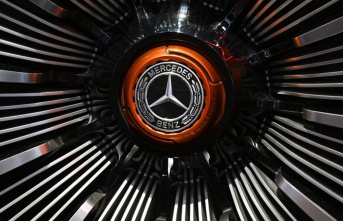Putin's Russia threatens NATO's eastern flank in the Baltics. The Bundeswehr is now permanently stationing a brigade in Lithuania.
Understandable, considering that the Lithuanian army only consists of 12,500 active soldiers. If you subtract the administration from that, you're left with a strength of around two brigades - so a tank brigade, in this case from Germany, nominally makes a difference. In addition to the active soldiers, there are about the same number of reservists in Lithuania. In the event of a conflict with Russia, more volunteers will rush to the defense. The active soldiers and especially the German armored brigade with its heavy equipment, including 44 Leopard 2 tanks, are supposed to form the backbone of the defense. In total there are probably around 4,000 men.
At over 200 kilometers, the length of the border with Russia appears at first glance to be far too long to be defended by so few soldiers. But the border mostly runs along rivers and lakes. This helps the defense, but also shows that in the event of a conflict, the NATO forces in the area are nowhere near strong enough to take an offensive themselves. They would have to wait and see whether Putin would attack them.
A problem for the Bundeswehr remains that the defender does not determine the place and type of fight. The brigade's two locations are near the cities of Vilnius and Kaunas. In the event of a conflict, the mobile unit will primarily be intended to prevent the so-called Suwalki Gap from being taken over by Russia. The 65-kilometer-long corridor connects the Baltics with Poland and separates the territory of Belarus from the Russian enclave of Kaliningrad. If a fight breaks out here, you would have to be prepared for a highly intense battle. Conversely, it is possible that the tactics from the Ukraine war will be repeated in the Baltics. Then there would be a tough war for positions in an area covered by forests, crossed by rivers and partly swampy. With the permanent stationing of a brigade, the soldiers can adapt better to the special features of forest combat. Classic NATO doctrine does not envisage battles like those in Ukraine and certainly not the use of armored units in a swampy forest area.
The value of the German armored brigade is therefore measured by whether the Bundeswehr manages to maintain a large, operational unit on a long-term basis. So a unit in which everything has to be different than is usual in the Bundeswehr. It must not happen that only half of the material works and there is only ammunition for three days.
To do this, the Bundeswehr would have to quickly adapt to the new conditions on the battlefield. This would include large numbers of observation and FPV drones, including the associated drone pilots. At the same time, air defense needs to be massively improved. In the past, the aim was to use the armored force in a concentrated manner as an iron fist; only a manageable area had to be defended from attacks from the air. In Ukraine, however, armored forces are distributed over a wide area, and the protective space is correspondingly larger.
Even in the final years of the Second World War, tanks did not decide the battles. The 45th Panzer Brigade will only be able to fight successfully if NATO does not lose air supremacy in the area. If there is a war in the Baltics, it will certainly not be decided by the Leopard 2. Cruise missiles, rockets, glide bombs and fighter jets will create the conditions in which forces on the ground win or die.
Stationing in Lithuania secures the gap and the Baltics. But it doesn't just have advantages. If, contrary to expectations, the assumed conflict between Russia and NATO does not take place at the Suwalki Gap, the brigade will be stuck in the wrong place. During an intense conflict with Russia, it will not be possible to detach the brigade from Lithuania and deploy it elsewhere.
The federal government has not yet quantified the ongoing costs of the deployment. Experts assume almost 400 million euros per year. Economically, this brigade is particularly costly. A good portion of the running costs of a military unit flow into the regional economy - in this case not into a German region. The money will benefit the Lithuanian economy.

